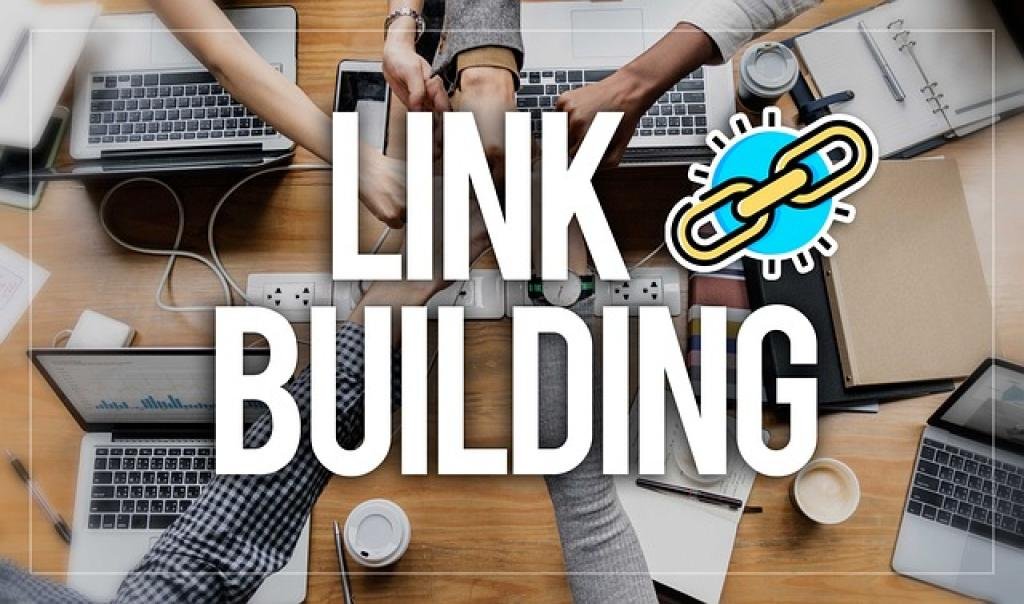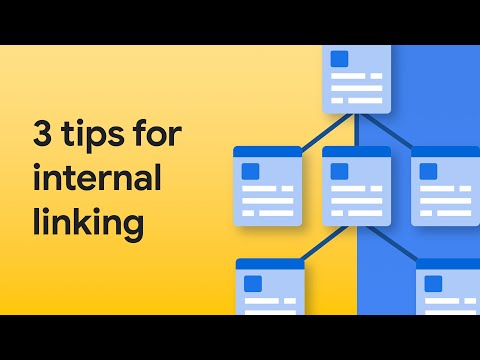Unlocking the Power of Internal Linking for Enhanced SEO Success

Is your website’s SEO strategy missing a crucial element? Enter internal linking—a surprisingly powerful tool that can dramatically enhance your site’s performance on search engines. While external backlinks often steal the SEO spotlight, strategically placed internal links can boost content visibility, improve user experience, and help search engines understand your site’s structure more effectively.
Internal linking isn’t just about connecting pages related by topic; it’s an art form that requires thoughtful planning. Done correctly, it can reduce bounce rates by seamlessly guiding visitors to more content they’ll love, increasing the time they spend on your site.
Imagine creating a roadmap that both users and search engines can easily navigate. By leveraging internal linking, you elevate your website’s SEO, making it not just visible but engaging and accessible. Get ready to harness this understated yet transformative SEO strategy!
Understanding the Basics of Internal Linking for SEO
Let’s dive into the essentials of internal linking. At its core, internal linking is about creating pathways that connect different pieces of content on your website. It’s a structured way of helping both visitors and search engines find their way around your site.
So, how does it work for SEO? Every internal link distributes page authority and ranking power throughout your site. Think of it as channeling SEO juice to both older and newer content, thus boosting visibility across the board.
When crafting internal links, anchor text (the clickable text in a hyperlink) plays a pivotal role. Descriptive and relevant anchor text gives search engines context about the linked page, aiding better indexing and boosting your ranking for targeted keywords.
A masterful internal linking strategy also prioritizes the user journey, guiding them organically from one topic to the next. By strategically planning these links, you turn casual visitors into loyal followers who delve deeper into your content, providing invaluable engagement signals to search engines.
Understanding these basics is your first step toward enhancing your website’s SEO performance, all while offering a seamless navigation experience for users.

Strategic Internal Linking: Where to Place Links for Maximum Impact
The magic of internal linking lies not just in the links themselves, but also in where you place them. Strategic placement can significantly amplify their impact, guiding both search engines and users intuitively through your site.
Key Locations for Links
Start by incorporating internal links within your main content—blog posts and product descriptions are prime real estate. Here, links feel natural and provide valuable context that enhances reader experience.
Sidebars and navigation menus are also crucial. These elements help users seamlessly transit to important or related sections of your site, simultaneously distributing ranking potential to critical pages.
Consider adding links in the footer. Although these links are often less prioritized by search engines, they’re perfect for site-wide navigation, giving visibility to essential pages like your contact or policy pages.
When adding links, think about the hierarchy of your website. Vital pages deserve more visibility, so make sure links to these pages are easy to find. In return, those pages should guide visitors to other relevant areas, fostering a holistic ecosystem.
Remember, quality over quantity! Focus on creating a strategic network of internal links that balances SEO benefits with user engagement, ensuring each link serves a purpose.
Utilizing Anchor Text to Optimize Internal Linking Structure
Anchor text is the unsung hero of an optimal internal linking strategy, playing a critical role in conveying context to search engines. It’s more than just clickable words—when used strategically, anchor text can enhance the relevancy and ranking potential of your links.
The key to effective anchor text is specificity. Generic phrases like "click here" or "read more" miss the mark. Instead, opt for descriptive and keyword-rich phrases that clearly represent the content of the linked page. This not only improves SEO but also gives users a better sense of what to expect.
Variety is equally important. Avoid using the same anchor text for every link pointing to a particular page. Mixing up your terms keeps the linking profile natural and covers a wider range of related keywords.
Consistency, however, is also crucial when it comes to branding or core topics. In these cases, maintaining certain anchor text can reinforce your site’s authority on themes crucial to your business.
Finally, always ensure that your anchor text enhances the reading experience—it should flow naturally in the content, providing insights without jarring the user experience. Thoughtfully crafted anchor text is your ticket to a robust internal linking framework that drives both SEO and user engagement forward.
Measuring Internal Linking Success: Key Metrics to Track
Understanding the impact of your internal linking strategy requires keen insight into specific metrics. These indicators provide a clear picture of how effectively your links improve site navigation, user engagement, and SEO performance.
Start by monitoring the average time on page and session duration. Effective internal links entice visitors to explore more content, naturally leading to longer site visits. Increased interaction signals to search engines that your content is valuable and user-friendly.
Pageviews per session is another insightful metric. This indicates how effectively your internal links encourage users to navigate multiple pages. A higher number suggests a well-executed link strategy guiding users deeper into your content.
The bounce rate also offers vital information. Well-placed links should lower this rate by providing users with relevant pathways to follow after viewing a page, reducing the likelihood that they will exit your site prematurely.
Finally, examine your search engine rankings. Improved placement on SERPs for targeted keywords can reflect the success of your internal linking efforts, reinforcing the connective power of your links.
By regularly reviewing these metrics, you can refine your internal linking strategy, ensuring it continues to drive both SEO success and enhanced user experiences over time.
The Bottom Line: Effectively Implementing Internal Linking Strategies
Internal linking is more than a technical exercise; it’s an art that marries SEO benefits with an enhanced user experience. As we’ve explored, by carefully planning where to place your links and crafting effective anchor text, you create a web of connections that enrich both your site’s discoverability and its usability.
Successful internal linking isn’t about the sheer number of links you can create, but rather the value each link adds. Thoughtfully placed links guide users naturally through your content and improve the overall cohesion of your site. This intricate mapping not only keeps users engaged longer but also provides search engines with a clear understanding of your site’s hierarchy and core topics.
To reap the full benefits, keep a close eye on key metrics. Regularly assessing factors such as pageviews per session and time on site helps in identifying areas for improvement and ensuring your strategy aligns with both user interests and search engine algorithms.
Effectively implementing internal linking strategies is a continuous process, evolving with your content and user behavior. By focusing on clarity, relevance, and user satisfaction, your site not only stands to gain better rankings but also builds a richer and more inviting environment for your audience.
So, take the time to weave meaningful connections within your site. By doing so, you’ll unlock the power of internal linking, boosting your SEO efforts and driving sustainable, long-term success.



